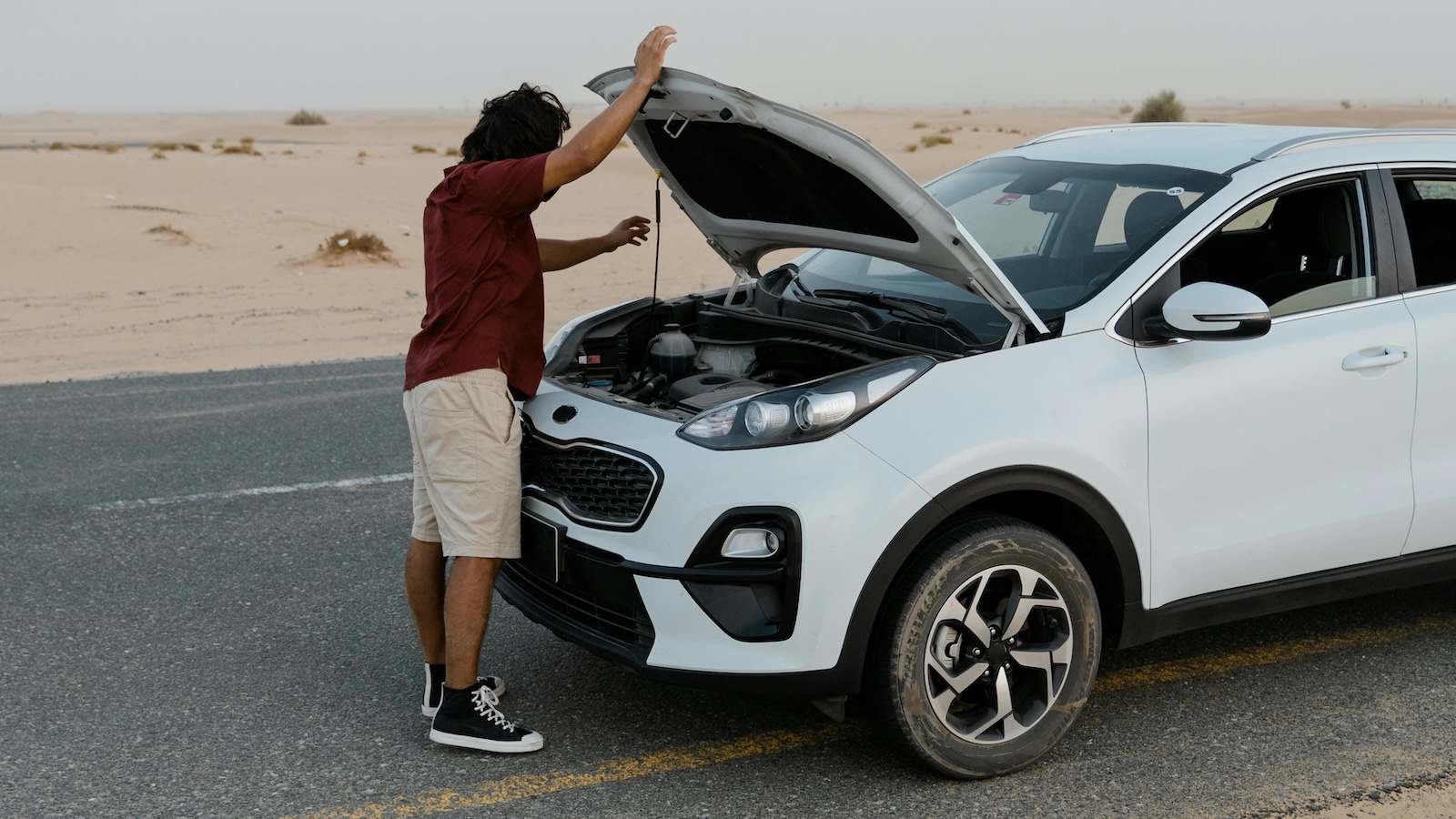The insurance industry has long sought a solution to address the lengthy and costly delay between the time of accidents and the notification of a claim, also known as FNOL (first notice of loss).
Successful integration of crash detection into claims automation efforts has gone unrealized because of difficult technical challenges, lack of innovation and existing solutions that hinder adoption. Fortunately, there are technologies being introduced into the market that are game-changing, because they offer a combination of low-cost software-as-a-service (SaaS) models, smartphone scalability, artificial intelligence, intelligent crash data and reliable crash detection at all speeds, including slow ones. In fact, new crash detection technologies could more aptly be referred to as FNOI (first notice of incident), in which a crash alert is made on a near immediate basis.
The auto insurance claims industry has long been attempting to transform the existing claims processing model, which is a highly complex, manual, paper-based and labor-intensive process that is not consistently meeting expectations. No one is happy with this model, from the boardroom to the policyholder. However, transforming to a modernized, digital and self-service claim model has proven challenging for a host of reasons.
In recent years, the industry has had mixed success with attempts to digitize claims via app or on-line options for starting a claim, for using photo estimating and for handling e-payments. Barriers remain to advance process transformation and customer adoption, especially around FNOL. There are numerous process steps to be addressed, including the initial detection of an incident.
A Digital Claims On-Ramp
Promising technology and expertise to create FNOL solutions was recently announced by CCC and Sfara. With the digitization of the front end of the auto claim process, insurers can now extend and accelerate claims automation across the entire claim process, from crash to payment and subrogation, finally realizing the goal of a straight-through-processing.
There are significant benefits to straight-through processing, for both policyholders and the companies that support them, be those automobile OEMs or auto insurers. The desire to see these benefits realized has driven innovation and will accelerate adoption.
U.S. auto insurers could experience $15 billion of savings through improvements in loss costs and loss-adjustment expenses. This figure is based on an estimated $1,000 in savings through automation for the 15 million insured auto accident claims that occur annually
These savings arise from reductions in loss adjustment expense (LAE), including claims intake costs, attorney involvement and injury causation investigation. Improvements in loss-cost management include more accurate damage assessment, fraud detection and deterrence and higher direct repair program use.
The data captured in a mobile crash detection program, when integrated with insurer and partner claims management platforms, will dramatically improve and compress the auto claims process cycle and costs in a number of ways;
- auto damage assessment (estimating)
- repair parts identification and procurement
- salvage management of total loss vehicles
- personal injury assessment and causation
- liability determinations
- fraud detection
- audit rules
See also: First Steps to Digital Payments Processes
Barriers to UBI Adoption
After approximately 20 years in-market for telematics, only 16% (albeit growing) of U.S. private passenger auto drivers have participated in some form of telematics auto insurance programs from pay-as-you-drive (PAYD), also known as pay by the mile, and usage-based insurance (UBI), which monitors and uses driving behavior for some time to determine auto insurance premiums.
Contributing to this slow adoption are factors that we think ultimately disqualify UBI as a possibility for claims automation:
UBI Technologies Are Not Sophisticated Enough
Many UBI programs have begun to deploy, or at least study, crash detection but have noted some inherent limitations in capability, including challenges with: the associated necessary telematics hardware (dongles, tags and sensors, Bluetooth pairing) and an equally challenging deficiency with false positive suppression. In some cases, it’s widely known that false positive crash detection rates of 30% are standard, especially at lower speeds, where the majority of accidents occur. That issue renders UBI technology essentially useless to claims processing.
They Aren't Designed as Claims Support
UBI programs were designed to be more of a growth strategy -- "switch and save" -- and less to support claims processes. As a result, their supporting technologies didn’t require precision or much sophistication, both of which are required for automated claims processing.
For instance, in assessing driving behaviors for UBI programs, the data is averaged over trips and time. As a result, catching even “most” trips is not necessary. So, it also wasn’t necessary to have exacting "trip start" technologies. But if your goal is to capture driving data leading up to a low-speed collision, your “trip start” tech must be highly sophisticated and fine-tuned.
Additional Hardware Is Required
Anyone running a UBI program that required the connection of dongles, tags or other aftermarket devices quickly learned just how difficult it was to get customers to use them, no matter how easy they were to install. Even ardent hand-raisers for UBI programs offering savings and discounts just didn’t install the devices, no matter how many times you reminded them. The result: high friction and low activation. Plus, costly communications programs to urge customers to install the devices.
UBI programs entail substantial complexity, parts supply, manufacturing, transport, inventory, customer shipping and returns. Even though these can be managed, the complexity can damage customer experience and increase churn. Getting customers to install equipment continues to be a hurdle, and the equipment cost -- ranging from $12 to $60 per driver -- needs to be amortized.
See also: Past, Present, Future of Telematics, UBI
Smartphone Technologies Offer Best Market Penetration
The essential differences between UBI and other crash detection solutions are the underlying technology, as well as their intended purpose.
Smartphone-enabled crash detection will not only simplify the claims process for drivers following an auto accident and provide greater safety and convenience to those involved but will become the “on ramp” to accelerate claims digitization by insurers. This will make digital FNOL a reality and will speed the arrival of the long-sought vision of “straight-through-processing,” starting with the ability for insurers to contact their policyholders following a detected incident. On average, customers wait up to five days to eventually make a claim. By reversing this current sequence of events, insurers can efficiently and quickly reach and serve their customers in their time of need.
As evidenced by the success of the App Store and Google Play, the smartphone app is the ultimate distribution mechanism, with over 140 billion app downloads in 2021 in the U.S. alone. Innovation starts with new smartphones and always improving sensors that are constantly updated by the end user (as they upgrade models). Smartphones have become incredibly powerful sensing and processing devices to support 3D gaming and numerous uses. The introduction of mobile-based AI, capable of operating directly on these phones, is accelerating innovation at an incredible pace.
Using Intelligent Collision Data to Drive Claims
The CCC Intelligent Solutions partnership with Sfara offers insurers real-time access to mobile crash detection data designed to accelerate and enhance claims outcomes beginning at FNOL. CCC's cloud will ingest from Sfara multi-sensor accident intelligence data, including on speed, point of impact and direction of force, and other pertinent high-frequency data. Participating customers can then leverage that data through CCC's existing workflows, powering auto physical damage claims and supporting the customer’s ability to estimate damage severity, schedule timely repairs and beyond, creating more straight-through experiences for drivers and insurers. In addition, accident data could also inform potential likelihood of fraud and crash reconstruction.
This announcement reinforces the apparent technical strides made in smartphone accident detection viability, so we took a closer look. Sfara’s website and writings indicate the use of a multi-layer AI approach, first with “ultra-low speed impact detection,” which is then complemented by a second layer of false positive suppression technology called “ESP” (extended sensor processing). Low speed and consequently lower severity/less damage is a distinguishing factor here, because the majority of auto collisions are indeed at lower speeds and are generally below the average collision repair cost of $3,800.
Although comparatively higher speed/severity accidents are cited in the marketplace as common crash detection use cases, it is actually more difficult to detect moderate to minor incidents; false positive crash alerts have been unacceptably high. Insurers would rather not contact their customers only to find the crash alert was a “false alarm,” phone drop or some other scenario unrelated to driving a car. Thus, crash detection has been limited to those more severe accidents.
Low speed/high frequency claims are of great interest to insurers when it comes to serving customers and wringing out inefficiencies while modernizing the claim process. In other words, reliable low-speed crash notification has been the missing ingredient in promoting digital FNOL adoption, which, in turn, will further enable digital self-services throughout the entire process. Additionally, gaining more immediate telematics information on the cause of an accident can streamline subsequent claim investigation phases. The ability to immediately validate the essentials, such as time, date, location, speed, direction, vehicle information, etc., amplifies the value to crash detection.
We fully expect smartphone-only crash detection availability and accuracy to enable widespread adoption of automatic accident notification and claim activation by both insurers and drivers in the near term. Essentially, this is FNOL in reverse; carriers can confidently contact the policyholder to offer support and open a claim.
This low-cost capability coupled with ubiquitous smartphones will result in a breakthrough in the auto claims process and related services. The benefits of reliable real-time crash detection and digital FNOL are just too compelling to ignore, and carriers that do not offer it will be at a competitive disadvantage.
Let the next step toward end-to-end claims automation begin.









